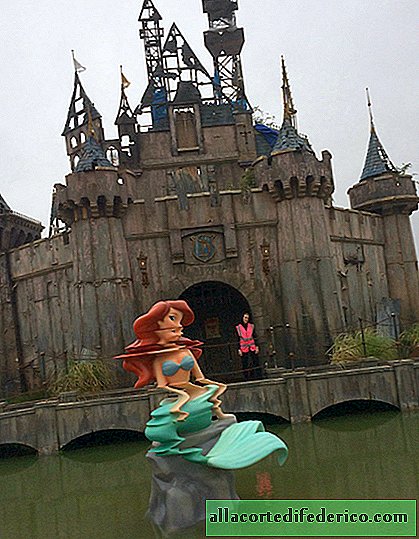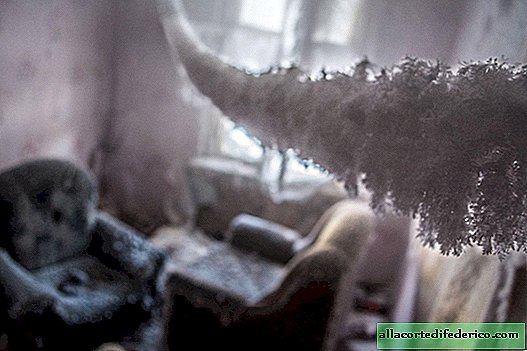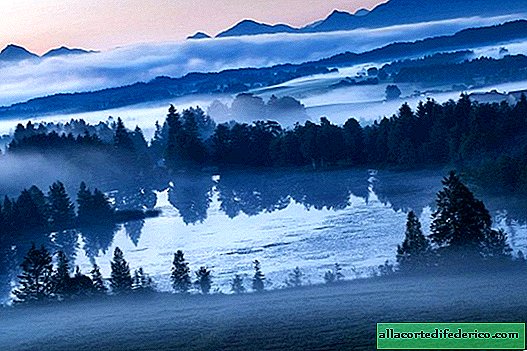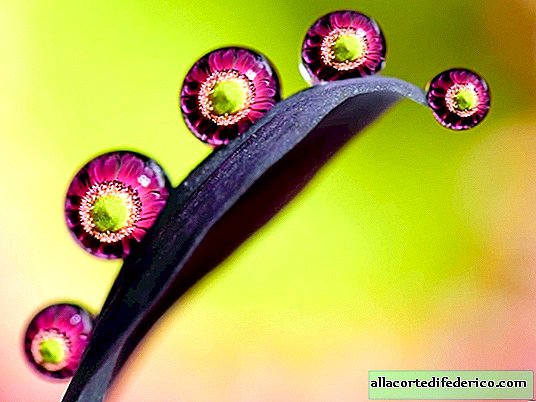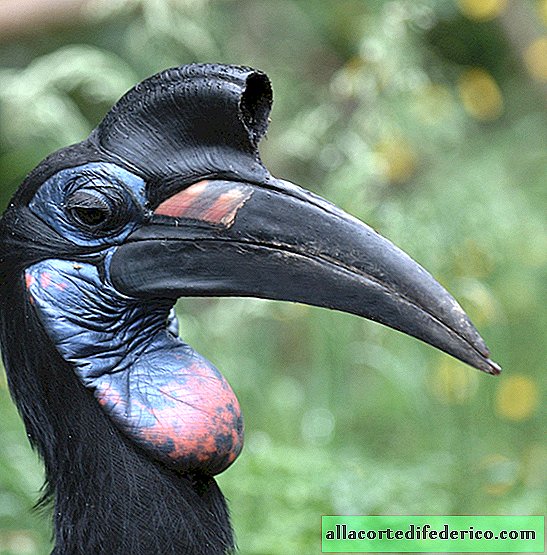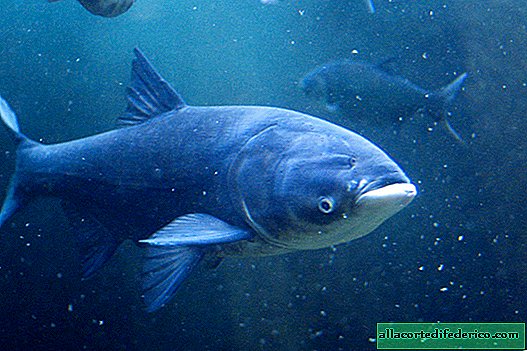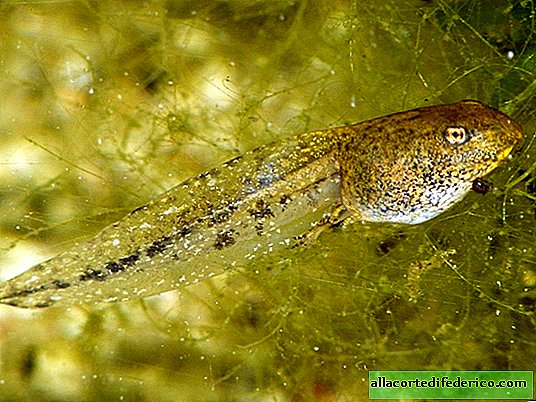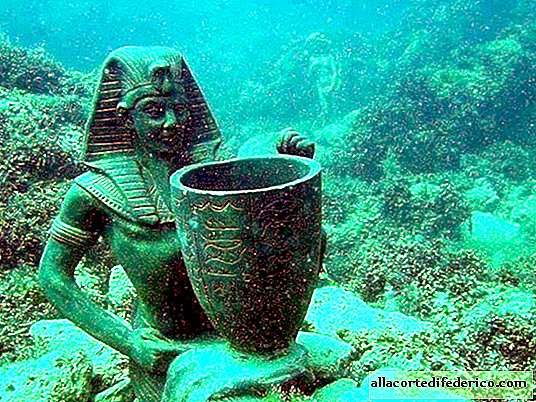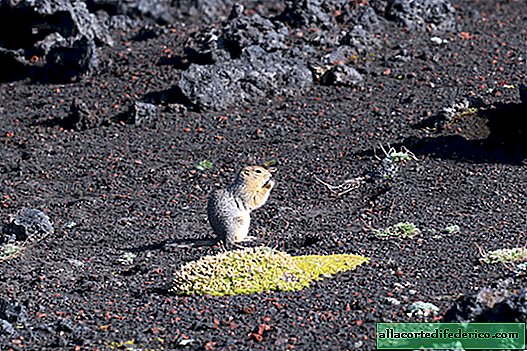Why they created fantastically beautiful ponds in the desert of Utah
Even industrial landscapes created by human hands can sometimes be admired. An example of this is the potash deposit in the US state of Utah, whose photographs are stunning with their unearthly beauty.
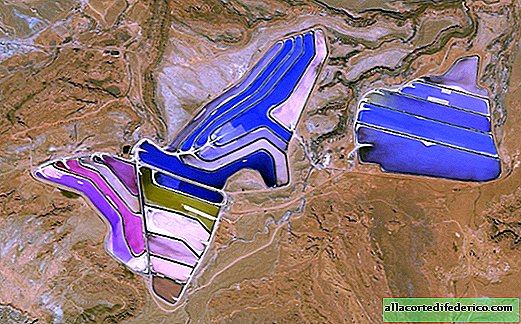
This field is located in the Colorado River Valley, near the town of Moab, and has been operating since 1965. According to experts, it contains about 2 billion tons of potash ore, so there will be enough reserves for 125 years of operation. Potassium chloride and other mineral salts are mined using artificially created evaporation ponds. The extraction of potassium salts in this way is a rather lengthy and laborious process. Hot water is pumped into the drilled wells to dissolve the rocks containing potassium salts. The solution thus obtained is pumped to the surface and poured into evaporation ponds.

These salt ponds have an area of about 1.5 square kilometers and are lined with a special waterproof material, in order to prevent the solution from seeping into the ground. Depending on the stage of evaporation, the solutions in these ponds have a different shade. The saturated bright blue color of the water is given by special dyes, which are added to solutions to increase the evaporation of water and thereby speed up the process of obtaining salt. But sometimes the ponds acquire red and yellow hues, which is due to the presence in the solution of a certain type of algae. Aerial ponds at this moment look simply fantastically beautiful.

The process of evaporation of excess moisture takes about 9 months, after which the remaining mineral salts are collected and sent for further processing. Potash salts are an essential component of mineral fertilizers used in agriculture. In addition, they are used in other industries.





